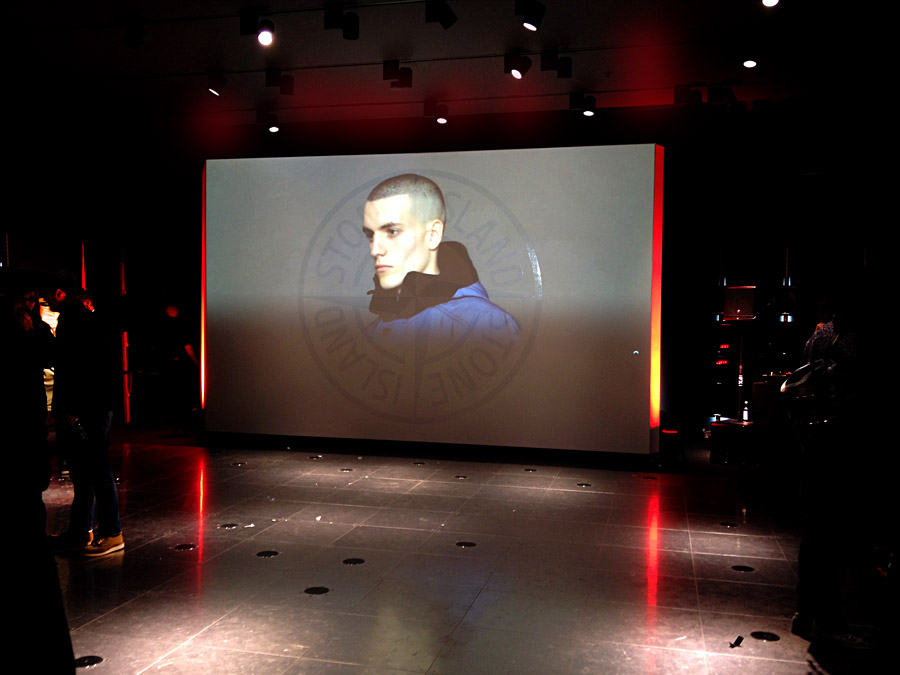Presenting on Stage and Screen
I have been asked on numerous occasions for advice when presenting business presentation on stage and to camera, so�I have put together some general tips � some of my own and others from various sources, but all important points to take on board if you want to get your message across clearly and professionally.
PowerPoint Tips
- Stand 10 Feet back from your computer screen, does it still look good? Can you still read it?
- Avoid busy or cluttered slides.
- Avoid fonts smaller than 20 point. They will be hard to read for the audience.
- Keep a �Safe Area� around the edge of your slide. The images projected on projection screens is less than what is displayed on a laptop or desktop screen, so material at extreme edges may be lost.
- Use colours that compliment each other (e.g. dark background, light colored font / vice versa) try to avoid red text.
- Know the transitions and builds in the presentation. Are builds automatic or do they need to be clicked?
- For general session presentations, expect to have your presentation loaded onto a show computer or have your computer at a backstage location, not at the podium.
Videos, Flash, Movies
- DVDs are very unreliable, so are generally not recommend for critical show applications. Contact your project manager about solid alternatives that can be depended on.
- If you choose to embed flash or other video, test it at least twice on the show computer. Sometimes, the video files stop at the end and don�t rewind, so they fail to play the second time through.
- Moving video requires a powerful computer with a powerful video card; standard laptops often glitch or hang when playing video. The show computers we provide can successfully play most videos.
- Make sure you have all of your linked files with your presentation on your CD or USB drive. It is always best to supply your speaker support content a few days in advance.
On Camera Tips
�Clothing
- White shirts reflect too much light, choose a subtle color like light blue or beige.
- Choose an outfit that looks good when standing and comfortable when sitting.
- Remember that cameras are sometimes placed at low levels, so avoid short skirts and opt instead for trousers or longer skirts.
- Avoid wearing distracting trims like large bows or numerous ruffles.
- Remove pens and eyeglasses from pockets.
- Avoid small, high-contrast patterns or lines, like herringbone, as well as bold checks or plaids. Solid colors with a colorful scarf or tie look good.
Colour
- Mild or pastel colors and subtle patterns work best under television lights.
- Avoid pure white and black clothing, as they make skin tones appear harsh.
- Bright reds and oranges sometimes “bleed” or smear on television; avoid them.
Accessories
- Avoid shiny, reflective jewellery; it reflects light and can damage cameras or create a flaring effect.
- Choose solid-colored accessories or those with simple patterns that don’t appear too busy.
- Keep jewelry simple so it doesn’t make noise when you move your head or body.
- Avoid dangling earrings which can distract viewers.
Makeup
- For Women: foundation and lipstick help to keep you from looking tired or washed out. Don’t wear dark, heavy makeup colours; television tends to create its own natural shadows.
- For Men: shave before appearing if you have “5 o’clock shadow” or use a powder close to your skin color to lessen the appearance of your beard. �A light powdering on balding heads can minimise shine.
Body Language
- SMILE! �This makes you look confident and comfortable. Avoid nervous fidgeting with pens, glasses, coins, etc.
- Be aware of your posture. Keep shoulders relaxed and both feet on the floor.
- Maintain eye contact with your interviewer. Even if someone else is talking, the camera is still on and you may be showing in the shot.
- Continue to participate in the conversation by using body language to show your interest.
I hope you find this useful useful for your next presentation.


